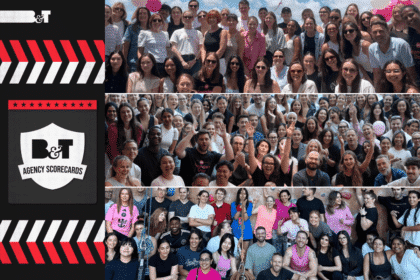Undoubtedly one of the most iconic slogans ever has to be the “I♥NY” logo that has become a symbol of arguably the most famous city in the world and gone onto send a gazillion t-shirts to tourists.
Designed back in 1977 by a guy called Milton Glaser who sketched it using a crayon and envelope in the back of a cab. Far from boosting tourism at it does today, Glaser’s design was originally intended to instil pride in locals and their city that, at the time, was wracked by crime, violence and social injustice.
Now a business lobbying group called Partnership for New York City and creative agency Founders has resurrected the famous slogan in a new campaign that harks back to Glaser’s original intentions – to get New Yorkers to have some pride in where they live.
Called “We♥NYC”, the campaign includes TV, print, digital and OOH and is designed to serve “as a rallying cry to support the post-pandemic resurgence of the city and it’s neighbourhoods, taking a ‘we’ not ‘me’ stance”.
Check out the TVC below:
Now those loud and opinionated New Yorkers have had their say and, as expected of loud and opinionated New Yorkers, it appears they hate the new work!
And with any good modern protest, they’ve taken to social media to register their universal disgust.
“It’s bad!” one person wrote to Twitter.
“If there’s going to be a riot in NYC, it’ll be over this,” wrote another.
Another said: “This sucks on every conceivable level and also on some levels that exist beyond human perception.”
While others simply hated that Glaser’s original classic design had been tampered with.
“This is literally the worst design I’ve ever, ever seen,” one non-fan posted.
But not everyone loathed it. The writer Michael Musto, a native New Yorker with a sharp eye, gave the logo a “thumbs up.”
Musto said: “Even at its worst, NYC is better than anywhere else,” he said. “I’m a true blue New Yorker who’s been here my whole life and will never leave, so I’m all for any group affirmations, and I like the idea of using the subway font. And you can’t get more inclusive than that ‘We.’”








